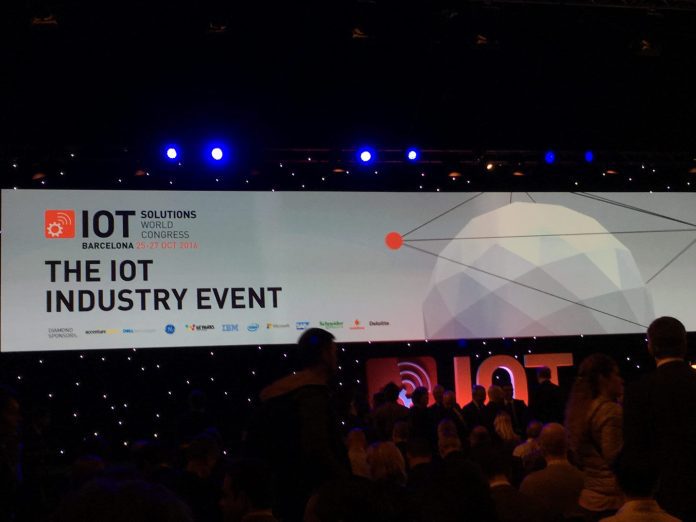A number of industry leaders at IOT Solutions World Congress highlighted the importance of industrial IoT test beds in making the Industrial IoT a reality.
When the Industrial Internet Consortium (IIC) was founded two years ago, few believed in the industrial IoT test beds the organization wanted to promote, said Dr Richard Soley, executive director of the IIC, to Industrial IoT 5G Insights during IOT solutions World Congress in Barcelona. Two years down the line and the organization is running a total of 27 test beds around the world. ”Two years ago, I thought we would have five test beds by now. People said then it was a waste of time but today everybody thinks it is the way to go,” said Soley. ”Standards are a waste of time and breathe until you know what you need and test beds are the way to find it out,” he added.
Just as Derek O’Halloran, head of information technology and electronics industries at the World Economic forum, Dirk Slama, director of business development at Bosch Software Innovations, a member of the IIC, positioned industrial IoT test beds as one of five key areas for digital transformation. ”Test beds are about bringing together a small group of companies that want to work together on a particular use case or scenario,” he explained, stressing the importance of the partners’ will to collaborate. ”That limits the scope of the outcome but it is a pragmatic way to kickstart the collaboration,” he said.
Other key areas for digital transformation include defining a reference architecture, identifying best practices, interoperability and standards as well as projects and deployments. He also said that organizational changes required by digital transformation are a major challenge to IoT implementation.
GE: Don’t let Google or Amazon eat your lunch
For its part, Mark Hutchinson, president and chief executive of GE Europe, pointing out the benefits of the industrial IoT, said that businesses ought to feel a sense of urgency, yet remain confident that they can create added value through digital transformation. ”Are you paranoid about who in the digital word is going to eat your lunch? Because if you are not you should be,” he said. He later added: ”Who is going to own the digital space between you and your customer if you are not to become desintermediated? You are in the best position to understand the digital space because you are good at what you do. There is no reason why you should leave that to a Google or an Amazon … and a good place to start is through the eyes of a customer.”
Just as Bosch, GE has gained experience from its own own digitalization journey, and describes itself as a digital industrial company. Mark Hutchinson made four recommendations to companies initiating their digital transformation: baseline current digital industrial capabilities, build out a vision and roadmap with milestones, generate quick wins while planning the next improvement and, finally, partner. GE has itself entered partnerships with 260 organizations to help build the industrial app economy.

